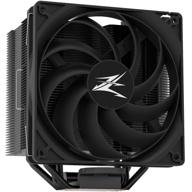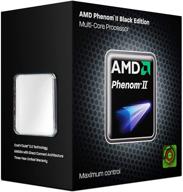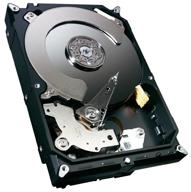
Review on MSI MAG B550M Mortar Gaming Motherboard: Ideal for AMD Ryzen 5000 Series Processors; AM4 Socket, DDR4, PCIe 4.0, M.2, USB 3.2 Gen 2, HDMI/DP, Micro-ATX by Ken Ventura

Bad board (DRAM problems with two channels) - MUCH HEADACHE
I built a new PC. Mini-ATX form factor in a Fractal Meshify C Mini chassis. Processor: Ryzen 3700x. Everything started out well enough, but serious problems arose on the first boot attempt. This board has good features and looks nice and clean, but I think it's only fair of me to focus on the issues in this review, which in turn have consumed my build experience and outweighed any positives. The most egregious problem: CMOS is under the GPU, so every time you need to reset it you have to remove the GPU as well. This accommodation could be better. Now to the main thing: DRAM. I purchased 2 Corsair Vengeance RGB Pro DDR4 16GB (3200MHz) sticks that are "AMD Optimized" and listed as compatible on the MSI QVL sheet for this board. I spent a few extra bucks on these sticks to make sure I wouldn't have any issues (clearly wishful thinking). I put them in slots 2 and 4 as instructed. From the very first boot attempt, I encountered a constant red light on the "DRAM" debug LED. The system did not boot. After trying several times to make sure everything was ok (GPU lighting, RGB RAM, fans, etc. all turned on and working), I decided to take it to my local PC shop and $30 for it to pay for a diagnosis. After 2 hours I returned and luckily the technician was able to get into the BIOS menu normally and tell me the problem: the DRAM flash drives had "lost timings" and they can only work in single channel mode. He told me that he reset the CMOS and inserted DRAM sticks in slots 1 and 2 (single channel) and the system boots fine. He advised me to either go back and get a replacement for the DRAM or try a different brand altogether. I chose another brand before returning Corsair sticks. I received 2 x 16GB (3600MHz) G.Skill TridentZ Neo DDR4 sticks which were also "AMD optimized". SAME PROBLEM. Frustrated, I spent many more hours researching and decided to check every other component that could be the culprit. I removed the CPU and cooler (Mugen Scythe 5) and checked for bent pins. There was none. I've reinstalled the CPU, cleaned and reapplied the thermal paste, reinstalled the cooler, reinstalled the Samsung 970 Pro m.2 NVME drive, reinstalled my GPU several times, and updated the BIOS from 1.00 to 1.30 (latest version). I even tried the default speed and memory XMP profiles. I CANNOT UPLOAD IN DUAL CHANNEL MODE YET. One channel works great for Corsair and G.Skill memories. So it is clear that the problem is with this motherboard and nothing else. This is now my third PC build and I know that parts can come out of the box with defects. But now I have a choice: either disassemble everything, because I have a box with the mainboard and screws, but unfortunately there is no longer any plastic packaging in which the mainboard itself was wrapped, OR compare and take the PC with you in its current state, maybe 5-15 % performance loss in games (compare single-channel and dual-channel performance), which doesn't suit me. When I'm spending thousands of dollars on a good PC, I want 100% performance from it. I don't know what to do; I am tired. I will also write MSI on their website, but I wrote this review here partly to express myself, but also to publicly warn others in the hope that they don't run into the same problem. Things like this make building a PC a pain, but lesson learned: breadboard next time. Definitely keep that in mind and maybe look elsewhere to save the time and sanity this motherboard has cost me.
- Pleasant to use
- Security
New products
Comments (0)
Top products in 🧰 Computer Internal Components
Another interesting products
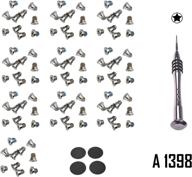
🔧 Premium Repair Replacement Screws & Tools for MacBook Pro Retina 15"/13" - Complete Bottom Case Set

10 Review
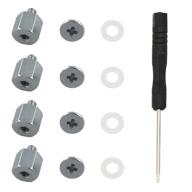
M.2 Screw Kit: Easy Mounting for NVMe SSDs on ASUS Motherboards

19 Review
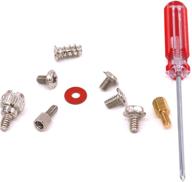
Glarks 660 Pieces Phillips Assortment Motherboard

10 Review

Comprehensive 500pcs Laptop Screw Kit Set for 🔩 IBM HP Dell Lenovo Samsung Sony Toshiba Gateway Acer

12 Review



